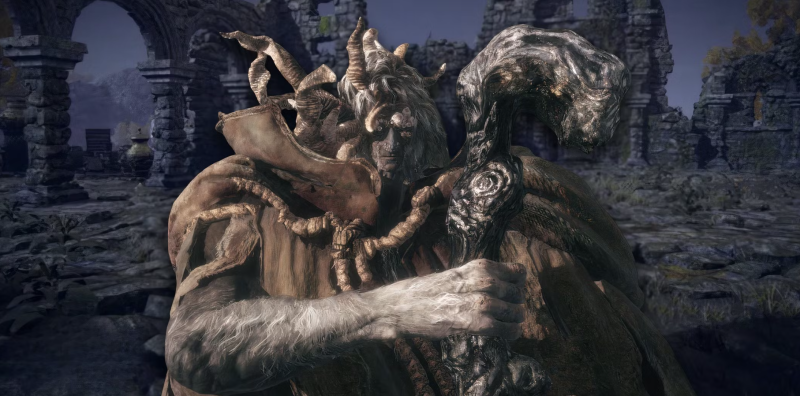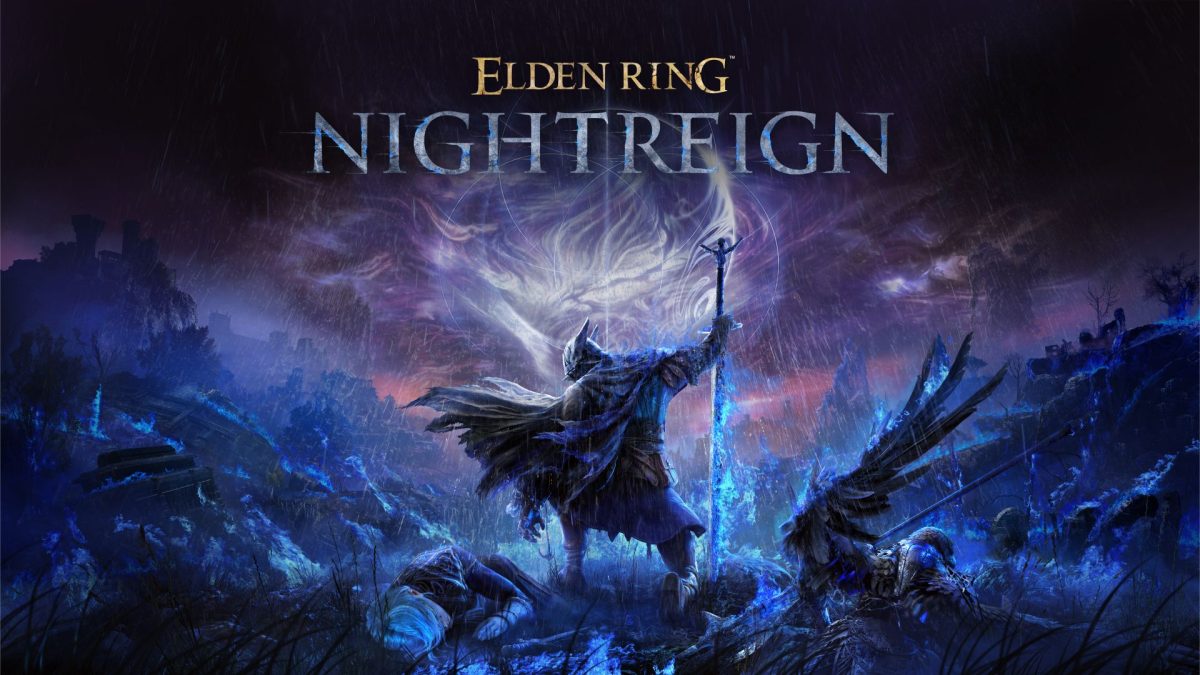Elden Ring: Nightreign (PS5) Review – A worthy return to familiar darkness,but not a new dawn.
FromSoftware’s Nightreign arrives with an almost impossible legacy to live up to. After the seismic impact of Elden Ring, expectations were sky-high—not just for more content, but for something that would once again shake up how we think about action RPGs. Nightreign, instead, plays a different game. It doesn’t try to redefine the genre or reinvent the wheel. What it offers is something far more conservative: a tighter, more focused, roguelike-tinged spin on the familiar Elden Ring formula. And for what it is, it mostly works.
But let’s get one thing straight—this isn’t Elden Ring 2. Nightreign feels like an experiment. A self-contained, deliberately scaled-back project that’s trying out new ideas without fully betting the house on them. That makes for an interesting, sometimes thrilling ride, but it also leads to a game that feels somewhat restrained, occasionally uneven, and rarely surprising. If Elden Ring was an open-ended epic ballad, Nightreign is more of a haunting solo verse: familiar in tone, tighter in structure, and ultimately less ambitious.
Familiar Strengths, Tweaked Formula
The core gameplay is instantly recognizable. You still lock on, roll through frames of invincibility, punish greed, and learn enemy patterns by dying repeatedly. The combat remains as tense and satisfying as ever, and the moment-to-moment gameplay is smooth, responsive, and deeply rewarding. Nightreign adds a few wrinkles—new weapons, tweaks to stamina and magic balance, slightly altered dodge timings—but at heart, it’s the same slow, methodical dance that Souls veterans have mastered over the years.
Where it differs most is in structure. Instead of the vast, contiguous world of Elden Ring, Nightreign opts for a more modular approach. You traverse areas in a semi-randomized sequence, with roguelike mechanics subtly threaded through the design. Death resets you back to a central hub, with some progression systems intact and others wiped clean. It’s a shift that’s clearly meant to encourage replayability and high-stakes experimentation—but the execution doesn’t always stick the landing.

On one hand, the procedural generation of encounters and shifting area layouts keeps things fresh across runs. There’s a certain thrill in not quite knowing what’s around the next corner. On the other hand, this comes at the cost of world cohesion and environmental storytelling—two things FromSoftware usually excels at. What you gain in variety, you sometimes lose in narrative and spatial depth.
A World Still Worth Exploring
Visually and tonally, Nightreign is as brooding and atmospheric as anything FromSoft has ever made. The environments feel claustrophobic and grim, more in line with Bloodborne’s gothic menace than Elden Ring’s open melancholy. It’s a darker world, both in aesthetic and tone—less mythic grandeur, more decayed rot. Some of the visual design is downright stunning, with moments that feel ripped straight from a nightmare. But again, the structural shift makes exploration feel more fragmented and less meaningful. There’s no grand “ah-ha” moment where a shortcut winds back to a familiar bonfire. Instead, you push forward, die, reset, and push again.
The bosses are another mixed bag. A few are absolute standouts—challenging, cinematic, and dripping with menace—but others feel like filler or retreads of ideas we’ve seen before. The roguelike nature of the game means that boss placement and pacing can vary wildly depending on your run, which sometimes hurts the buildup and spectacle that these fights usually thrive on.
Lore and Storytelling: Atmospheric but Hollow
Narratively, Nightreign is even more obscure than usual for FromSoftware. There’s lore here, no doubt—strange figures to meet, cryptic item descriptions to piece together—but it lacks the mythic backbone that made Elden Ring’s world so compelling. This isn’t a story about gods, shattered thrones, and legacy. It’s more of a mood piece: solitary, somber, and intentionally opaque. That’s not necessarily a flaw, but it does mean there’s less to latch onto emotionally. You’re not unraveling an epic saga—you’re surviving a descent.
Technical Issues and the Steam Backlash
It’s impossible to ignore the technical side of the launch. Nightreign is currently FromSoft’s lowest-rated game on Steam, and while that criticism isn’t entirely fair, it isn’t baseless either. Performance issues, bugs, and UI frustrations have all been reported widely. Some players experience stutters or crashes, others report progression-breaking glitches. While most of these problems are likely to be patched, they do mar what could otherwise have been a smoother, more immersive experience.
FromSoftware games have never been known for pristine technical polish, but the bar was raised with Elden Ring—and Nightreign doesn’t quite meet it.
Final Thoughts
In the end, Nightreign is a solid, moody offshoot of the Elden Ring universe. It gives fans another chance to dive into FromSoftware’s distinct blend of challenge, atmosphere, and mystery—but it doesn’t elevate the formula in the way the original game did. The new roguelike elements are intriguing but underdeveloped, the world is evocative but fragmented, and the experience, while still enjoyable, feels more like a side project than a true evolution.
For returning fans, there’s still a lot to appreciate here. The combat is tight, the art direction is world-class, and the sense of oppressive dread is unmatched. But once the final boss is down, it’s hard not to walk away thinking: that was good—but it didn’t blow me away.
A worthy return to familiar darkness—but not a new dawn.



